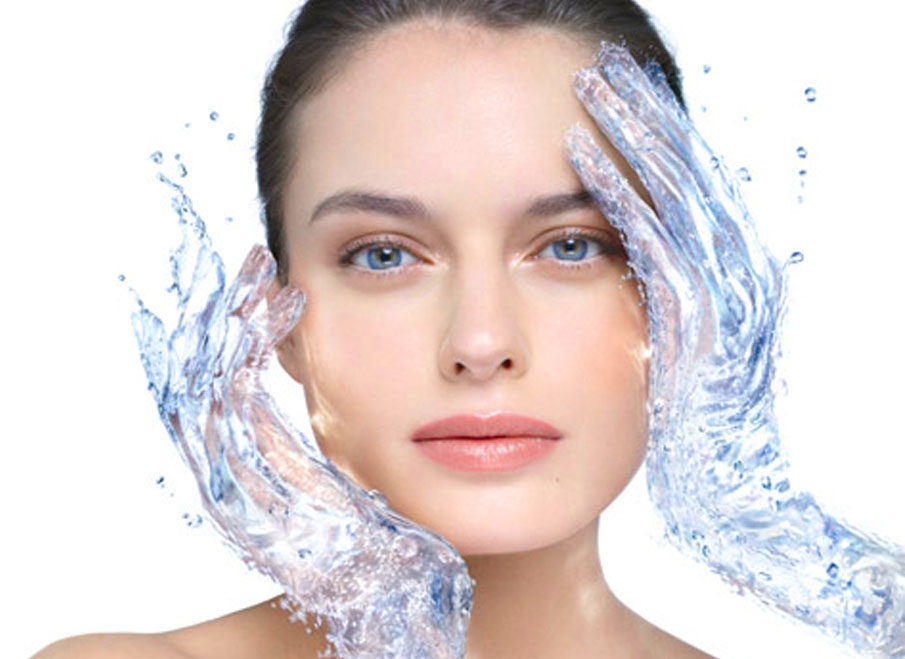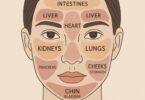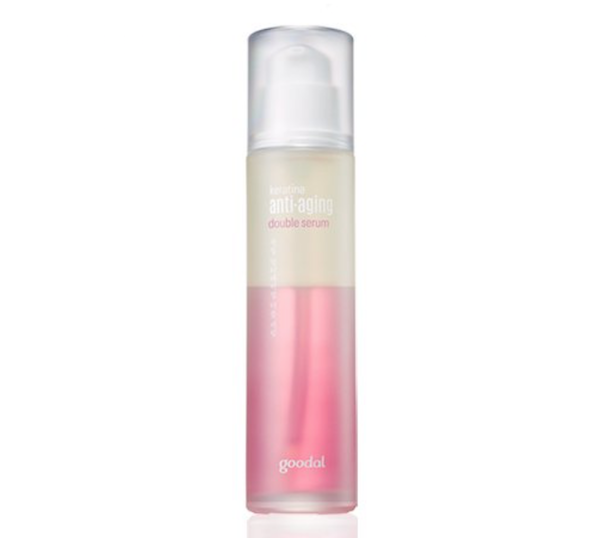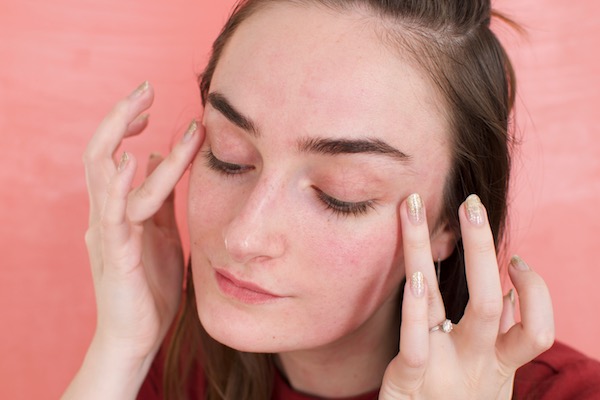It’s so much more than just the cause of your acne…
When you think of sebum, you probably immediately picture the white stuff that spurts from the pimples you’re popping. That is sebum, but there is so much more to it that you may not realize. Here are a few things you need to know to understand how important sebum is to your health:
- It’s a protective agent — Sebum is actually oil produced by your skin to PROTECT you from the sun, UV radiation, and pollution in the air. All of these things could harm your skin, but the skin oil acts like a protective layer to stop them from coming in contact with your skin. Without sebum, your skin would be in big trouble!
- Sebum is produced everywhere –– Yes, your acne may be strong on your face, but sebum is produced all over the body. In fact, there are roughly 2,600 to 5,800 sebaceous glands on every square inch of your forehead, chin, and back. The only places where there are no sebaceous glands is on the palms of your hands and the undersides of your feet.
- It stops infections — Bacteria and fungi would love to burrow into your skin, causing infections and serious skin disorders. But the skin produces sebum, which acts as a protective coating against infection. The bacteria and fungi cannot eat through the skin oil, so they are unable to burrow into your skin.
- It traps moisture inside your skin — There are a lot of things that can dry out your skin: sun, heat, wind, poor hydration, etc. Skin oil acts like a barrier to trap moisture inside your skin, preventing it from becoming too dry. Dry skin dies and flakes, so you should be glad your sebum stops water from escaping your skin. It’s thanks to the sebum that your skin is as healthy as it is.

READ MORE: 10 Foods for a Healthy Scalp
- It’s only bad when produced in excess –– The human body produces a certain amount of sebum in order to protect your skin, but sometimes that production is increased. When that happens, the sebum mixes with the dead skin cells present on the surface of your skin. This mixture clogs up your pores, which is why you have acne.
- It not white — Like most oils, sebum is transparent. You won’t see it on your skin, though you may notice a slight sheen in the sunlight. The white stuff that spurts from popped pimples is sebum mixed with dead skin cells. The skin cells turn it white and give it that thick, gooey texture. Ew!
- Sebum production peaks during puberty –– Puberty is when your body produces the highest quantities of sebum, particularly in adolescent males. It’s why young teenaged boys are the ones who suffer the worst cases of acne. In some cases, the amount of sebum produced during puberty is DOUBLE the amount produced before or after puberty.
- Hormonal changes can trigger excess sebum production –– Have you ever noticed how women tend to develop pimples before their period? This is often due to the fact that their body is producing excess hormones, increasing the amount of sebum produced. This excess sebum is only produced while the hormonal changes are taking place. Once the hormones settle and things go back to normal, the amount of sebum produced will also return to normal.
As you can see, sebum is actually a GOOD thing. It plays an important part in the health of your skin, and it’s vital to protect your body from damage and infection.








